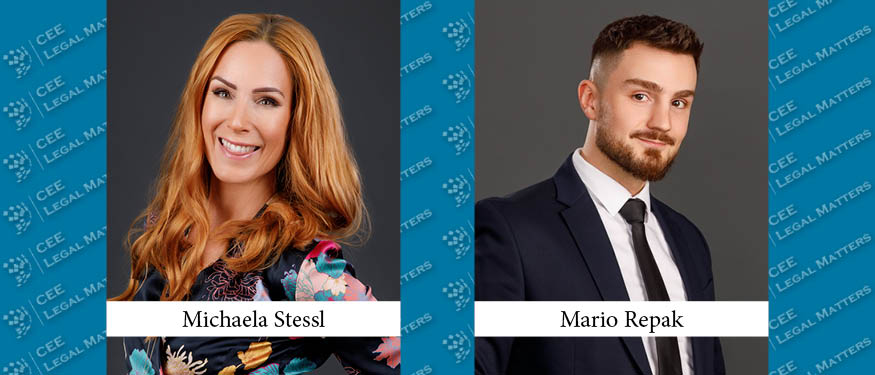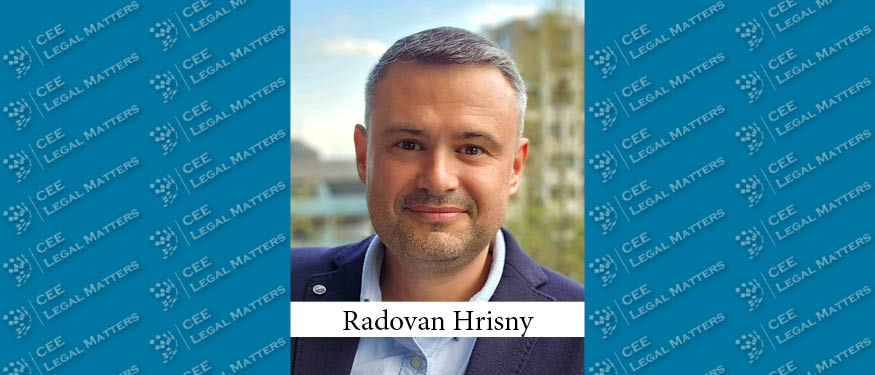The global flow of foreign direct investment amounted to USD 1.75 trillion in 2016, and the number of FDI projects in Europe increased by 15 percent from the previous year. It appears that the perception of Central and Eastern Europe by international investors is improving as well, as CEE received 23 percent of all FDI projects announced in Europe and 52 percent of all new jobs. According to one widely-reported survey, investors ranked CEE as the world’s third most attractive region, behind only Western Europe and the United States.
Since the fall of the Iron Curtain in 1989, CEE has come a long way to achieve this level of attractiveness. Leaders in the region have understood that economic progress depends greatly on the region’s ability to finance its investment needs through FDI. Foreign capital has significantly contributed to the development of infrastructure, the global growth of domestic companies, the increase of productivity and efficiency, the reduction of unemployment, and the growth of GDP. Domestic as well as foreign companies have been able to increase wages, contributing to the attraction, training, and retention of a skilled workforce.
When we examine what makes the region so attractive for investors, we find diverse answers. The golden rule for investments is to “follow the money.” In line with this, foreign investors are influenced by a number of factors, including political and economic stability, corporate tax rates, production costs, the state of infrastructure, the business and legal environment, and foreign investment policy. One good example of a policy aimed at attracting investors was the reduction of corporate tax to nine percent in Hungary this year. Other tools include incentivizing R&D activities and innovations that aim to implement Industry 4.0 technological changes to make the region an innovation hub. This attractive business climate has already brought some of the largest investors to the region, including BlackRock, White Star, JPMorgan, KKR, Hoist, M7 and, more recently, Apollo and Alibaba, to name just a few.
The nature of FDI makes this a challenging field of activity. For me, though, this is my bread and butter. And we have come a long way since I was a junior lawyer spending entire days in the Budapest land registry working through large boxes of paper files to see what legal charges were registered on particular plots of land (this was the period when the first wave of shopping centers were being constructed in the region), or since the time we had to inform an institutional investor considering financing the construction of a motorway that no mandatory road standards had yet been adopted into law! That investor, who was expecting EU-harmonized standards,3 decided to terminate the project.
Nowadays, all administrative procedures are digitalized and legislation is harmonized at the EU level. This legislation contributes to the success of FDI projects by aiding in the construction of, for example, wind farms, motorways, hotels, airports, and office buildings. The types of FDI used, and their structure, have become extremely complex so as to meet the challenges of investor demands. Good examples are non-performing loan securitizations in Poland, the synthetic transfer of loan portfolios in Hungary, and mature capital markets, permitting – for instance – sponsors to crystallize gains through large IPOs in Romania. But what really makes these projects successful is the people: people who understand the needs of investors as well as the local market (and culture) and are able to unite West and East, people who have an open-minded, solution-driven approach – the innovative pioneers who are able to think outside the box.
We value FDI in CEE. It contributes to our economic growth and creates jobs. But what makes our region the third most attractive in the world for FDI? I believe it is our human capital. Surveys show that labor skills are among the assets most valued by foreign investors, and our labor force is well-educated (and often able to speak one or more foreign languages) and skilled, and, most important, it has an excellent work ethic.
We are delighted that foreign investors find CEE attractive. As they search for yield and diversification in the region, they should not only follow the money but also the in-depth knowledge and understanding that one of the region’s leading innovators can offer as a trusted advisor.
By Agnes Molnar, Reed Smith
This Article was originally published in Issue 4.12 of the CEE Legal Matters Magazine. If you would like to receive a hard copy of the magazine, you can subscribe here.
















